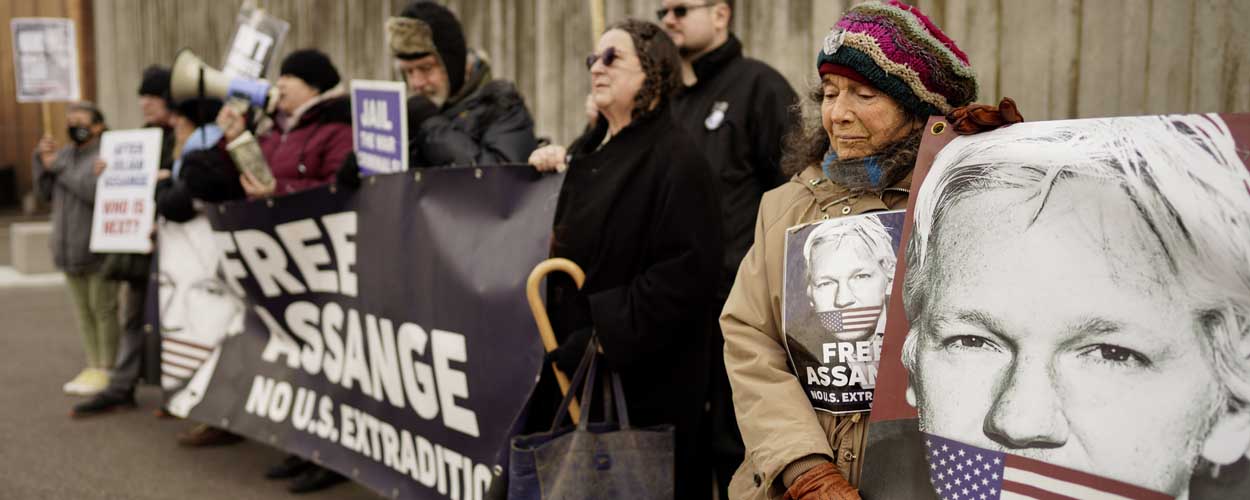The messages started appearing on my phone as soon as I left Syria in mid-January. At first, there were links to articles, and social media posts, about threats to Alawis and Christians. Then came friends’ accounts of scary incidents. One woman wrote that a police officer from the new government ordered her to cover her hair. Another told me a Sunni friend – a friend – threatened to kill her. A Christian businessman I’ve known for years texted that he would no longer send me anything political via WhatsApp, because the new government was watching.
The atmosphere was already changing from what I had observed at the beginning of the Hayat Tahrir al-Sham (HTS) government under its leader, Ahmed al-Shara. Shara had dropped his nom de guerre, Abu Mohammad al-Jolani, along with the battle fatigues from his years leading Sunni Muslim fundamentalists against the regime of Bashar al-Assad. With a trimmed beard and a new suit, he was receiving and visiting fellow heads of state from the Middle East and beyond. An American delegation was so impressed that the US revoked its $10 million bounty on Shara’s head for terrorist crimes.
Continue reading →









